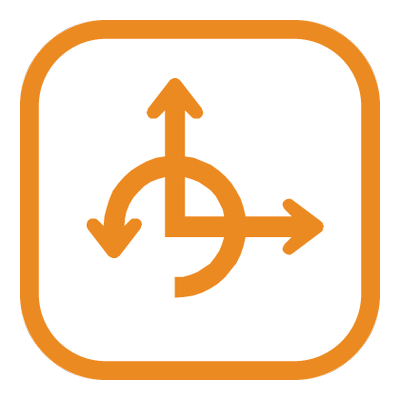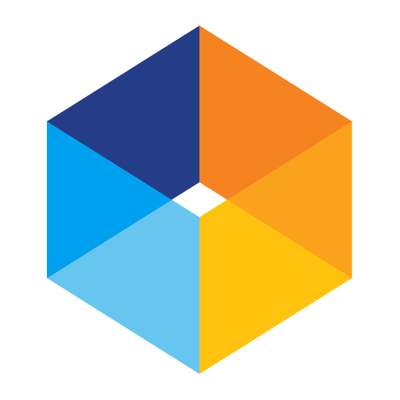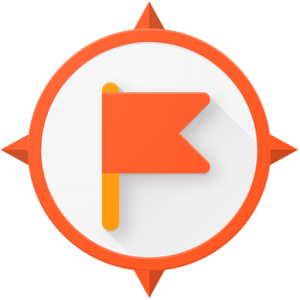To some, curiosity suggests actively seeking out challenges and new experiences. While that’s partly true, studies suggest that curiosity has a deeper impact on learning. Scientists at the University of California, Davis found that brain activity increased when participants were more curious about certain questions, resulting in greater quick recall as well as long-term memory. For teachers, this means students’ curiosity might be harnessed to promote more meaningful learning.
What’s most meaningful about curious exploration is the path, not the destination; STEM educators in particular have long valued inquiry- and project-based approaches that support this. But it’s up to teachers to help students realize that while technology can make the discovery process easy, finding an answer from an internet search tends to be much less satisfying than the struggle it took to get there. The good news is that student curiosity isn’t in short supply, and while some students seek understanding more than others, all have the ability to push the limits of what is known.
Check out these picks to get students exploring the big and small with virtual reality and augmented reality, making and coding their own inventions, and collecting real-time data from household objects to help channel kids’ curiosity for the world into deep learning.
There’s so much to explore with this tool that contains tons of interactive 3D models. Students will find models spanning a variety of subjects and topics, including prehistoric mammals (science), a dodecahedron (geometry), or Stonehenge (culture). Besides letting students rotate or zoom in on models that peak their interest, teachers can guide students to use the augmented reality feature to take pictures of the models with real-life or student-constructed backgrounds.

PocketLab
With PocketLab, a small wireless sensor pairs with your device to collect data such as acceleration, pressure, magnetic field, and temperature in real time. While there are lesson plans on the site that introduce students to engineering and other STEM topics, let kids come up with a question they want to answer. They can strap the sensor to the leg of a gymnast, place it inside a soccer ball, or attach it to a bicycle wheel, rocket, or ceiling fan blade. Then, watch the student-driven learning happen.
SAM blocks include buttons, dc motors, LED lights, and more that can be programmed with drag-and-drop commands for sound, color, behavior, etc. Students will be designing and building things, practicing engineering skills, and engaging in imaginative play. Some students will relish the chance to create at their whim. However, teachers can create more meaningful experiential learning tasks by having students design a product that solves a problem at home, at school, or in the community.
Students will get lost in these virtual reality field trips. Each expedition is made up of various scenes that include 360-degree panoramas and 3D images, and take students from under the sea to outer space. Handy travel guides and Google Cardboard viewers make students feel like real explorers and provide needed context. Once kids have spent time investigating on their own, have them work together to create their own AR or VR experience with tools like CoSpaces Edu or Metaverse.
This article’s content is an extension of the We All Teach SEL blog series from Common Sense Education. Check it out for a complete look at social and emotional learning in the classroom.
from MindShift http://ift.tt/2HVls3t


No comments:
Post a Comment